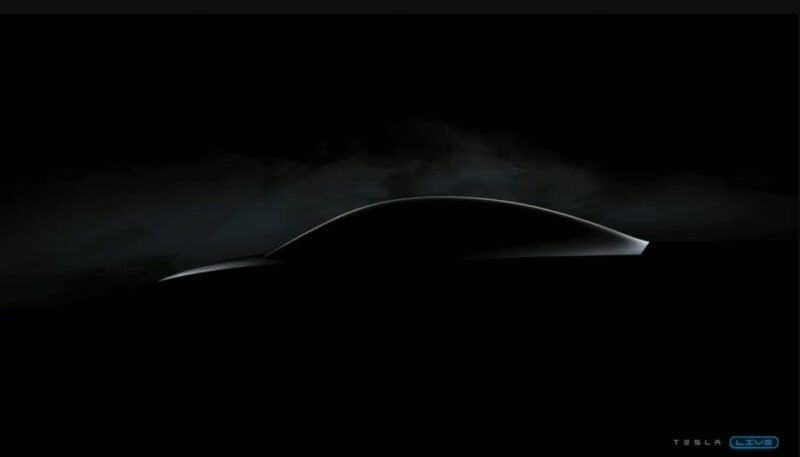Holiday Edition: Let the sun shine on free electricity and cheap cars 😎
US subsidies are driving a fourth wave of solar price declines and EV prices are predicted to halve by 2027. Brands need to prepare for big shifts in energy and automotive.
If you’re new here and arrived via our ‘Windows on net zero culture’ research report, thanks for downloading - we hope it put some sunlight in your photovoltaic cells. If you don’t have it yet, please download and share it around.
If this is your third month in the fold, thanks for sticking with us - we aim to be a crucial digest of the opportunities for creative business and communications as the race to net zero reshapes society and culture. We look across the macro forces - from clean energy and electrification to sustainable manufacture and changing diets - to see where brands can create value and be the change their customers want to see.
This month, since many of you will be on your holidays in sunnier climes, we took a deep dive on solar and for those road tripping in an EV (kudos!) we tried to quantify the massive electric transition that still lies ahead for automotive.
Cheap EVs for all
While the World Economic Forum identifies charging infrastructure as the main factor preventing EV switching, high upfront costs remain another big blocker and the crucial impediment to widespread social availability. But we just need to look at the numbers to see how quickly this barrier will dissolve. The key driver of change is ‘capital efficiency’ - an economic concept that describes the ratio of the amount of money a company generates in revenue to the amount of money it spends to generate that revenue.
Recent analysis by Ark Invest claims EVs are roughly twice as capital efficient as internal combustion engines (ICE). This means EV can double the rate of production we are used to. If combustion engine manufacture yields 43M units annually spending $600B (the current planned rate of EV investment), the same spend delivers 86M EV units. That’s nudging towards total US automotive production!
This will quickly lead to price parity between EV and ICE with Ark setting the date of 2027 for us to see a very compelling product in the $20k price range. For the first time, we’re going to see an automotive product that behaves like the smartphone and gets dramatically better as the price remains the same or declines.
Marketers hoping to reach the segments these cost declines put in play, however, will have to preach a new category language. Can an audience that watched automotive innovation largely plateau in their youth with just marginal improvements in subsequent decades, now learn a new paradigm? One more akin to the smartphone?
Electric Vehicles: Defying The Skeptics With Exponential Growth - Ark Invest (video / article)
Free electricity
We often point to solar unit price declines (down by something like a factor of 10 in as many years) as evidence of the power of commercial investment and innovation in the race to net zero.
Truth is, this a story of government incentivisation driving business competition forward. Often in the least likely places. Germany, not known for its long, balmy days was a key player in the 2000s making substantial payments for solar energy fed back into the grid, before the cost of incentives and Chinese solar manufacturing competition popped its bubble in the subsequent decade. (The German solar market is now making a comeback, however, as the country weans itself off Russian energy.)
When the European markets took a dive, China looked around at its mounting arsenal of solar units and the wonderfully cheap electricity they offered and went on a domestic solar binge. They now add more solar PV capacity in a month than most countries do in a year.
Now it’s the turn of US subsidies to drive the market, as the effects of the Inflation Reduction Act look set to lower costs still more. Consequently, solar analyst Jenny Chase - who says she started writing on the industry wondering when solar would be 1% of energy - is now looking to calculate how soon the sun could be the source of half of all global energy needs.
Expect this competition - and no doubt another winter of punishing fossil energy costs - to start reshaping our domestic energy experience quicker than anyone expects. Consumer pricing models could look very different as green sources become a bigger slice of consumption, leading to cheaper energy during midday spikes. Electricity prices across Europe recently fell below zero as peak solar season was turbo-charged by high summer winds! Solar gains where the sun shines should drive progress in clean energy sources across the rest of the world, as nations compete on cost.
How solar’s explosive growth is starting to make electricity free - Bloomberg Zero (podcast)
European Power Prices Fall Below Zero - Bloomberg (article)
Is Germany clawing back its solar tech prowess?
About 33_Zero
33_Zero believes the net zero challenge will reshape culture and consumer behaviour with a force brands are unprepared for. The opportunity is to move in step with these changes as they go from the margin to the mainstream.
33_Zero’s sister organisation, Earthtopia, is one of the largest eco-communities on TikTok with a much bigger audience than Greenpeace or Extinction Rebellion and provides a unique window into the consumer change-makers leading the charge.
We offer brands the opportunity to research with the Earthtopia community and draw on our strategic focus on net zero culture to develop creative solutions to the biggest challenges and opportunities that face them today.
Email jamesp@33seconds.co to find out more.







